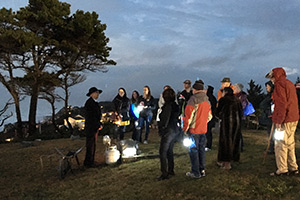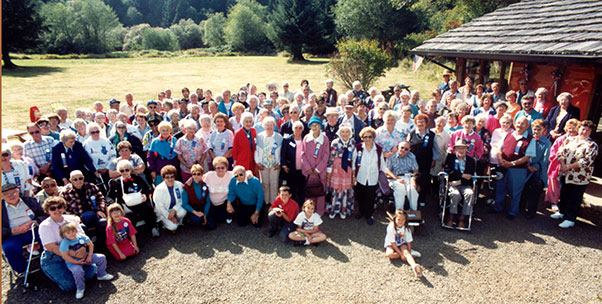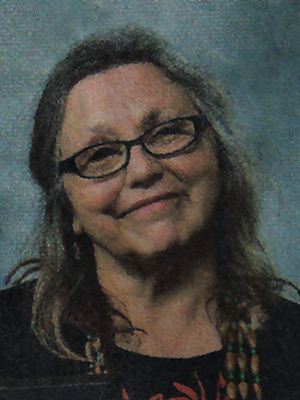A Tour to Die For 2017

Visit our Pioneer Cemetery, for a rare, night-time visit and tour of the headstones. The cemetery is situated on a hilltop overlooking the ocean with, as one headstone proclaims, “A view to die for!” You’ll meet six permanent residents there, including Jack Liswig, a properly trained entertainer from Finland, Ida Liswig, who once resided in the first Taft school and built her house out of a giant cedar tree, Matt Kangas, a homesteader who lived in a chicken coop after his house was crushed, Anna and Matt Neimi, who shared a house with their relatives for many years, and Tonia Hespack, who could walk from the Siletz River to the Oceanlake Dance Hall for a night of dancing, then make it home in time to feed the chickens in the morning.
The amazing thing about A Tour to Die For is that it makes use of community assets to create a new attraction that literally brings our history to life. For over 30 years the North Lincoln County Historical Museum has been collecting stories about the pioneers of our area, the Taft Pioneer Cemetery Association has cared for the hilltop cemetery overlooking the Pacific, and Theatre West has been grooming actors since the 1970s.
 A Tour to Die For sold out last year, phenomenal for a first-year event, with a capacity of 300 people. This year we have added one performance each night, and also added some Sunday matinees. Get your tickets before this award-winning event is sold out!
A Tour to Die For sold out last year, phenomenal for a first-year event, with a capacity of 300 people. This year we have added one performance each night, and also added some Sunday matinees. Get your tickets before this award-winning event is sold out!
The tour begins at the Lincoln City Cultural Center, located at 540 NE Hwy 101, in Lincoln City, where guests will fortify themselves with cookies and hot chocolate, before boarding a bus. Native American stories and legends will be told on route to the cemetery. In the event of inclement weather, an indoor tour will take place at theNorth Lincoln County Historical Museum.
 Evening Shows:
Evening Shows:
October 20-21 & 27-28
5:30, 6:00, 6:30, 7:00, & 7:30pm
Matinee Shows:
October 22 & 29
2:00, 2:30, 3:00, 3:30, & 4:00pm
For tickets and more information, visit TourtoDieFor.com


 I am sorry to say that I will be retiring as Executive Director of the museum on February 1, 2018. It has been an honor working for NLCH Museum. I will miss it, and all the lovely people involved with the museum very much. We will be recruiting a new museum director over the next few months.
I am sorry to say that I will be retiring as Executive Director of the museum on February 1, 2018. It has been an honor working for NLCH Museum. I will miss it, and all the lovely people involved with the museum very much. We will be recruiting a new museum director over the next few months.









